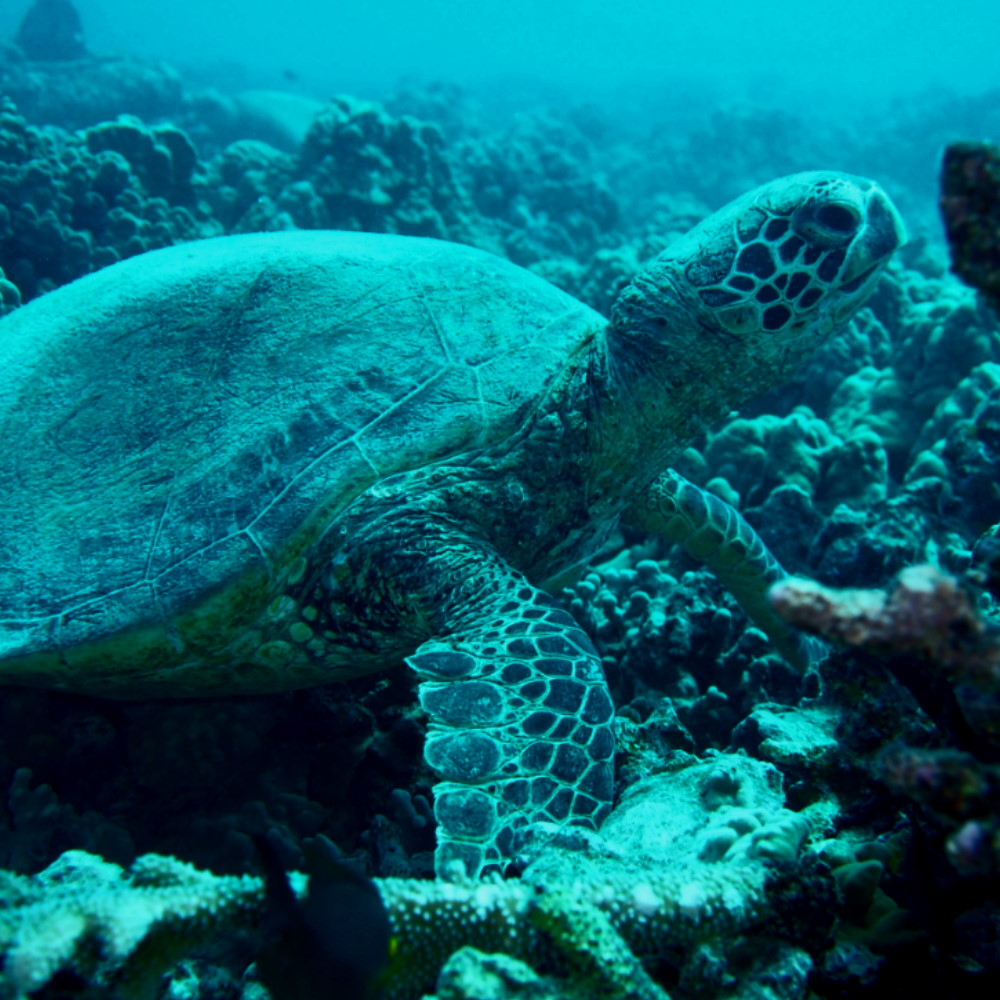The Hawaii green sea turtle, also known as the Hawaiian green sea turtle or honu in Hawaiian, is a captivating and iconic marine species found in the warm, crystal-clear waters of the Hawaiian Islands. These majestic creatures belong to the Cheloniidae family and are one of the largest species of sea turtles globally, with some individuals reaching lengths of up to four feet and weighing over 400 pounds.
What distinguishes the Hawaii green sea turtle is its stunning emerald-colored carapace, which provides camouflage in their oceanic habitat among the lush algae and seagrass beds. Their graceful movements in the water, coupled with their gentle disposition, make them a beloved symbol of the Hawaiian culture and a significant draw for eco-tourists and locals alike.
As a crucial part of the Hawaiian ecosystem, these sea turtles play a vital role in maintaining the health of coral reefs. They primarily feed on algae, helping to keep the reefs clean and promoting coral growth. Unfortunately, the Hawaii green sea turtle has faced significant threats to its survival, such as habitat destruction, pollution, and entanglement in fishing gear. However, through conservation efforts and the establishment of protected areas, their populations have shown signs of recovery.
In Hawaiian mythology, the green sea turtle holds a special place as a symbol of wisdom and good luck. Honoring this significance, Hawaiian laws strictly protect these ancient creatures, and there are guidelines in place to ensure safe and respectful encounters for those fortunate enough to witness them in their natural habitat. With efforts to protect their nesting sites, conservationists aim to secure the future of the Hawaii green sea turtle and preserve the enchantment they bring to the Hawaiian archipelago.







